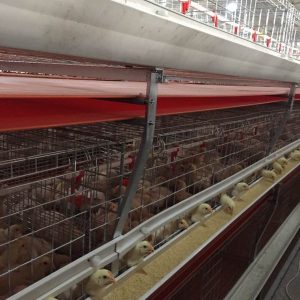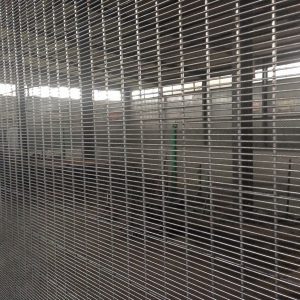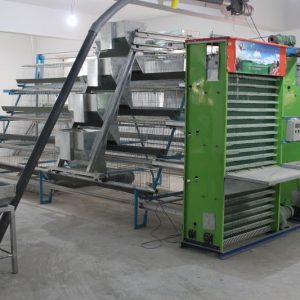
Grasp the main points of apricot chicken breeding technology
How to raise Xiangfa chicken? Xiangfa chicken has the characteristics of strong disease resistance, wide adaptability, cold resistance and heat resistance. Its feeding conditions are simpler than ordinary chickens. So what are the main points that need to be mastered in apricot chicken breeding technology?
1. Breeding density: The stocking density of open chicken cages is 30 cm×45 cm per cage, and there are 6 chickens per square meter in the house with litter on the ground.
2. Breeding methods: Chickens are generally raised on the ground, on the fence or in the cage. This method requires less investment, low labor intensity, and low egg-beating rate. However, when in rainy areas, moisture-proof work must be carried out to prevent wet and dirty litter and induce chicken coccidiosis and respiratory diseases.
3. Feeding method: feeding twice a day, each feeding amount should not exceed one-third of the feeding trough, because what is left after being picked by the chicken is fine powder, which contains relatively more vitamins and amino acids. There are often chicken leftovers in the trough, which can easily lead to a lack of certain nutrients.
4. Drinking water supply: When the chickens have insufficient water, the feed is indigestible, the blood is thick, and the body temperature rises, which has a very serious impact on the health and growth of the chickens and egg production. 24 hours after the water supply was stopped, egg production fell by 20% and it was not easy to return to normal. Therefore, providing adequate drinking water is one of the key measures to ensure chicken health and high yield. Clean and fresh water should be provided at all times, and drinking fountains should be cleaned daily.
5. Light intensity: The total number of hours of light per day in the breeding season should not be gradually reduced, but should be kept at a certain level or gradually increased according to the standby period. Breeding chicken supplements must not be illuminated up and down. Stopping the bulb overnight will reduce the breeder’s egg production and it will take 7-10 days to return to normal. Therefore, if you cannot guarantee the power supply and switch the lights every day, it is best not to add artificial light. Supplementary lighting should be regular and accurate. Yellow feather breeders are suitable for 16 hours of light per day, usually not too long or too short.
5 kinds of chicken feed are not suitable for pellets
The feed for breeding chickens is preferably dry powder, and it is not suitable to use pellets, because pellets have high nutrient density and small volume. When the feed is rationed every day, the breeder will quickly eat up these pellets, and there is no food to eat at other times. If the feed is not rationed and the pellets are allowed to eat freely, the breeder will have too much feed and excessive nutrition, resulting in over-fat.


